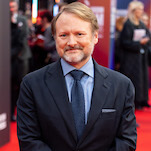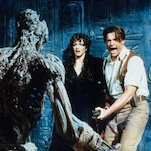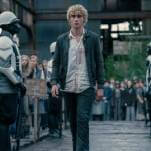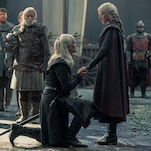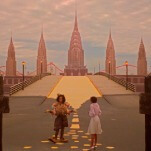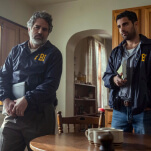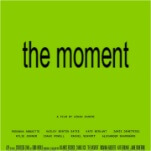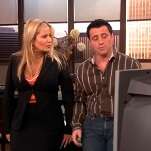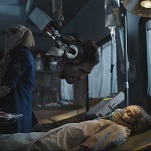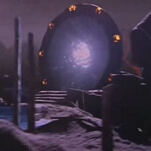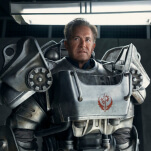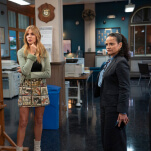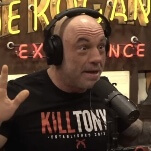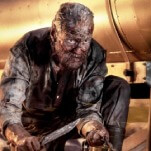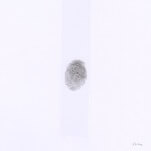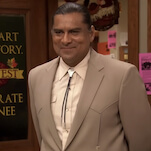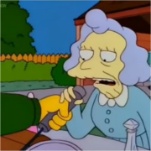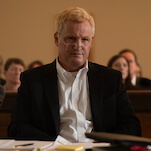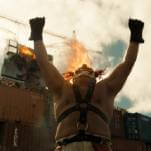The Fu Manchu series could never get made today

With Run The Series, The A.V. Club examines film franchises, studying how they change and evolve with each new installment.
In these theoretically more enlightened times, Sax Rohmer’s Fu Manchu is the dictionary definition of “problematic.” Created in 1913, the character is “yellow peril” personified, a renegade Chinese warlord and evil genius bent on world domination and the extermination of the white race. His nemesis: resourceful Scotland Yard commissioner Nayland Smith, who stands for everything good, proper, and most importantly, British. An unmistakable product of an imperial power on the verge of losing its supremacy, Rohmer’s adventure yarns (which he continued writing until his death in 1959) were extremely popular with the reading public, and eventually the viewing public, when they were brought to the screen in two dozen silent shorts made in the U.K. in 1923 and 1924, with Irish actor H. Agar Lyons playing the villain.
For his next screen incarnation, Fu Manchu was embodied by the Swedish-born Warner Oland in a trio of early talkies for Paramount made between 1929 and 1931. In 1932 Oland switched sides to take on the role of Charlie Chan at Fox, where he played the heroic detective until 1937, one year before his death. In the meantime, MGM sprung for British horror sensation Boris Karloff, then riding high on the success of Frankenstein, to star in 1932’s The Mask Of Fu Manchu. The studio didn’t cheap out on the elaborate sets and special effects, but it did follow Universal’s lead by burying its star under heavy makeup, which Oland had previously eschewed. The film also cast Myrna Loy as his “ugly, insignificant daughter” (say what, Fu?) and included a scene where he riles up his followers by exhorting them to “Conquer and breed! Kill the white man and take his women!” Good thing Nayland Smith is around to make sure he’s unable to follow through on his threats.
As deliriously entertaining as Mask is, with its unrestrained touches of sadism and homoeroticism that wouldn’t pass muster when the Motion Picture Production Code started to be strictly enforced two years later, it ultimately proved to be a one-off. Next came the 15-part 1940 Republic serial Drums Of Fu Manchu, starring German-born Henry Brandon as the dastardly doctor, which was edited down to a 68-minute feature in 1943. A handful of television appearances aside (including a failed 1952 pilot starring John Carradine), the character wouldn’t emerge again until 1965, when Christopher Lee headlined the first of five Fu Manchu features for producer Harry Alan Towers.
Made in the shadow of the James Bond franchise, but lacking the resources United Artists was able to pour into it, the Lee/Towers series ranged from 1965’s The Face Of Fu Manchu—easily the best of the bunch—to 1969’s Mystery Science Theater 3000-ready The Castle Of Fu Manchu, and was put through its paces by three different directors. Lee’s criminal mastermind even faced off against three Nayland Smiths, a situation brought about when the first, Nigel Green, elected not to return for the sequel, in which the role was taken by Douglas Wilmer. Wilmer, in turn, begged off after his second go-round and was replaced by Richard Greene. In fact, apart from Lee, whose subtle makeup was the result of two hours in the chair every morning, the only other cast members who appeared in all five films are Chinese actor Tsai Chin, who played Fu Manchu’s daughter, Lin Tang, and Howard Marion-Crawford, who blustered his way through the part of Smith’s comic-relief sidekick Dr. Petrie. And providing continuity behind the scenes was the ever-frugal Towers, who penned the screenplays for each entry using his frequent pseudonym Peter Welbeck.
In light of their relatively slim budgets, it’s surprising that Towers retained the ’20s period setting as opposed to updating it to the present day, as the German krimi films (many based on the works of Rohmer contemporary Edgar Wallace) being produced at the same time did. Indeed, since Towers partnered with the Munich-based production company Constantin Film to make his Fu Manchu films, many of the supporting roles in them were filled by krimi veterans regardless of where they were shot. Set in and around London, but filmed in Ireland, Face introduced many of the elements Towers would return to time and again, including Fu Manchu’s army of black-clad henchmen who strangle their victims with red prayer scarves; fight scenes in warehouses full of empty boxes; people on the telephone repeating things purely for the viewer’s benefit; and the last-minute foiling of Fu’s evil schemes and his apparent demise. It also cast German actress Karin Dor (two years before she played a SPECTRE assassin in You Only Live Twice) as the kidnapped daughter of a biochemist Fu Manchu blackmails into doing his bidding, because no respectable scientist would work for him otherwise.
While the plot of Face hinges on Fu Manchu harnessing the legendary Black Hill Poppy, simultaneously “the seed of life” and capable of being turned into a poisonous gas that can wipe out an entire village, 1966’s The Brides Of Fu Manchu revolves around his organization kidnapping the wives and daughters of scientists and industrialists to get them to work on a death ray designed to be sent out over radio waves. Not only does this tip the scale in favor of Bond-style gadgetry, it also gives Burt Kwouk (Cato from the Pink Panther films) an opening to play Fu Manchu’s chief technician and Lin Tang an opportunity to wear one of her patented old-lady disguises. Her father, meanwhile, is the real clotheshorse of the franchise, modeling several snappy tunics throughout. His plan to blow up an arms conference in London comes to naught, though, forcing him to regroup.
